In the rapidly evolving field of renewable energy, a handful of visionary pioneers have led the way with groundbreaking innovations. These individuals and their inventions have not only transformed how we generate power but have also set the stage for a more sustainable future. In this article, we’ll explore the remarkable contributions of these trailblazers and how their work continues to shape the energy landscape today.
James Blyth – Wind Energy
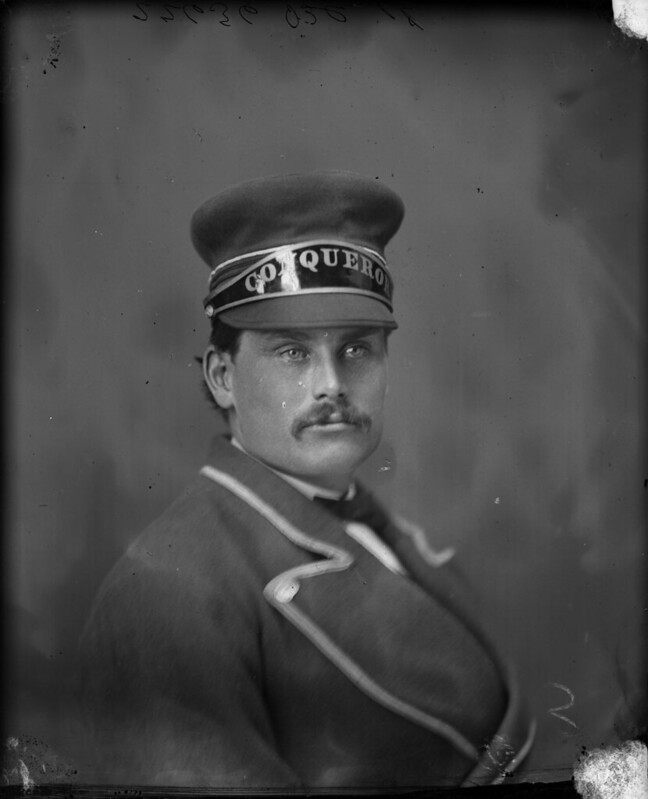
James Blyth, a Scottish engineer, built the world’s first known wind turbine in 1887 to generate electricity. His invention powered his home in Marykirk, making him a pioneer in harnessing wind energy. Blyth’s wind turbine marked the beginning of modern wind power technology, laying the foundation for today’s wind farms. His work is notable for its simplicity and the innovative use of wind power long before it became mainstream.
Charles F. Brush – Wind-Powered Electricity
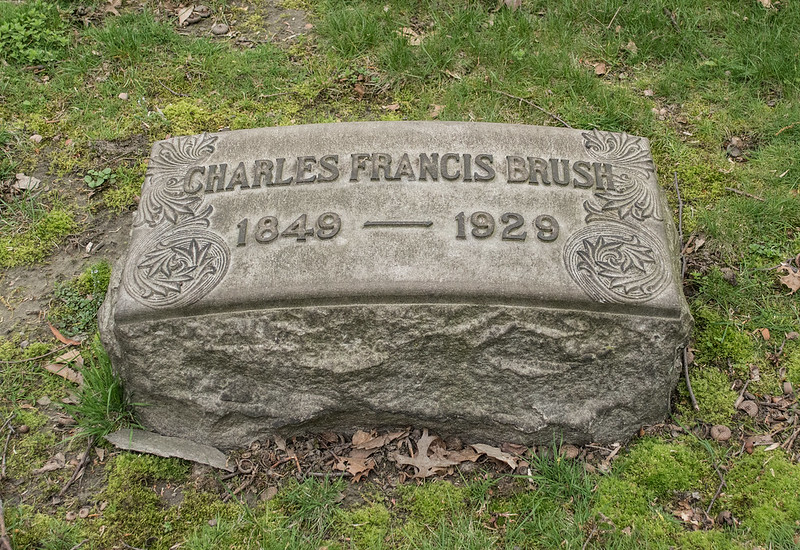
Charles F. Brush, an American inventor, developed one of the first large-scale wind turbines to generate electricity in the 1880s. Brush’s wind turbine was a behemoth for its time, featuring a 17-meter rotor and 144 blades. It produced enough electricity to power his mansion and laboratory. Brush’s turbine represents an early effort to scale wind energy, demonstrating its potential for significant power generation.
Hans von Pechmann – Ethanol Fuel

Hans von Pechmann, a German chemist, is credited with early research into ethanol fuel. In the late 19th century, Pechmann discovered methods to produce ethanol, which became a precursor to its use as a renewable fuel source. Ethanol is now a key component of biofuels, used in millions of vehicles worldwide to reduce greenhouse gas emissions.
Gerald Pearson, Calvin Fuller, and Daryl Chapin – Photovoltaic Cell
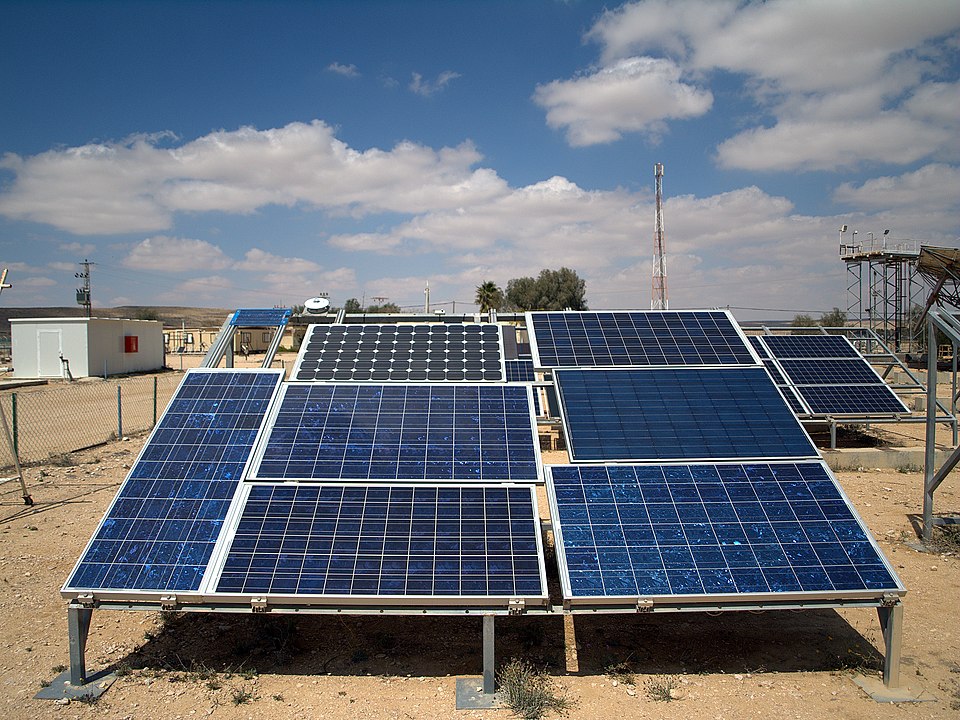
This trio of American scientists at Bell Labs developed the first practical photovoltaic (PV) cell in 1954. Their innovation converted sunlight directly into electricity using silicon, a technology that underpins modern solar panels. The efficiency of their PV cells was around 6%, a significant achievement that paved the way for the solar energy industry, which now boasts PV cells with efficiencies exceeding 22%.
Frank Shuman – Solar Power Plant
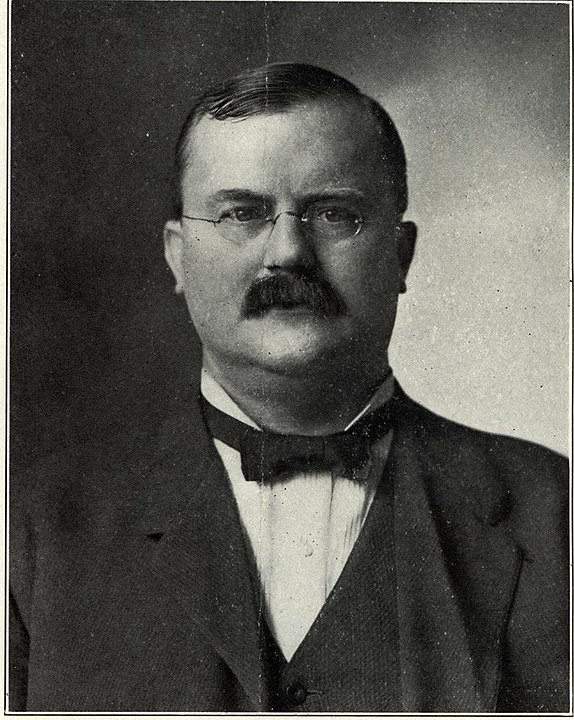
Frank Shuman, an American inventor, built the first solar thermal power plant in Egypt in 1913. Shuman’s plant used parabolic troughs to concentrate sunlight and generate steam, which powered an engine. This early solar plant demonstrated the feasibility of solar energy for large-scale power production, inspiring future solar thermal technologies.
Maria Telkes – Solar Thermal Energy
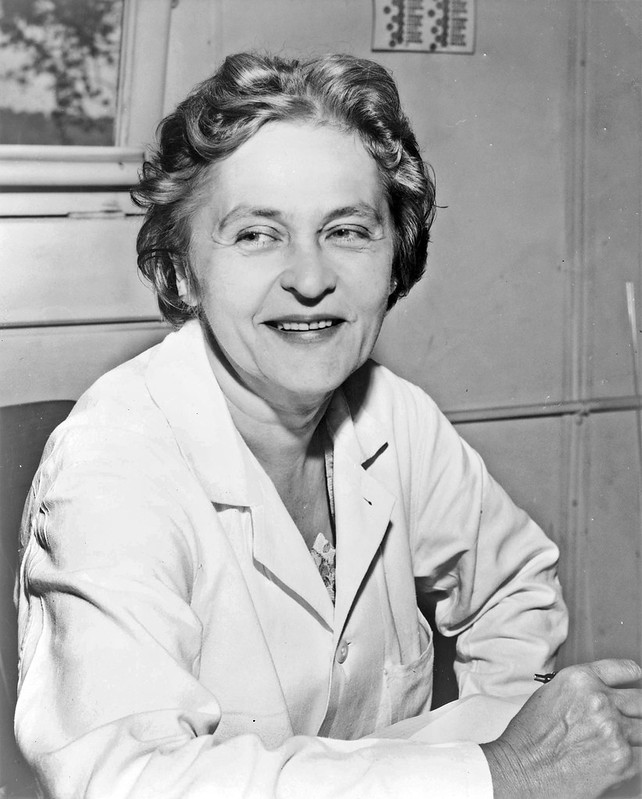
Maria Telkes, a Hungarian-American scientist, was instrumental in developing solar thermal energy systems. She created the first solar-powered heating system for homes in 1948 and was also involved in designing solar ovens and desalination devices. Telkes’ work is significant for its practical applications, particularly in residential heating, which remains a major use of solar thermal technology.
George Washington Carver – Biofuels
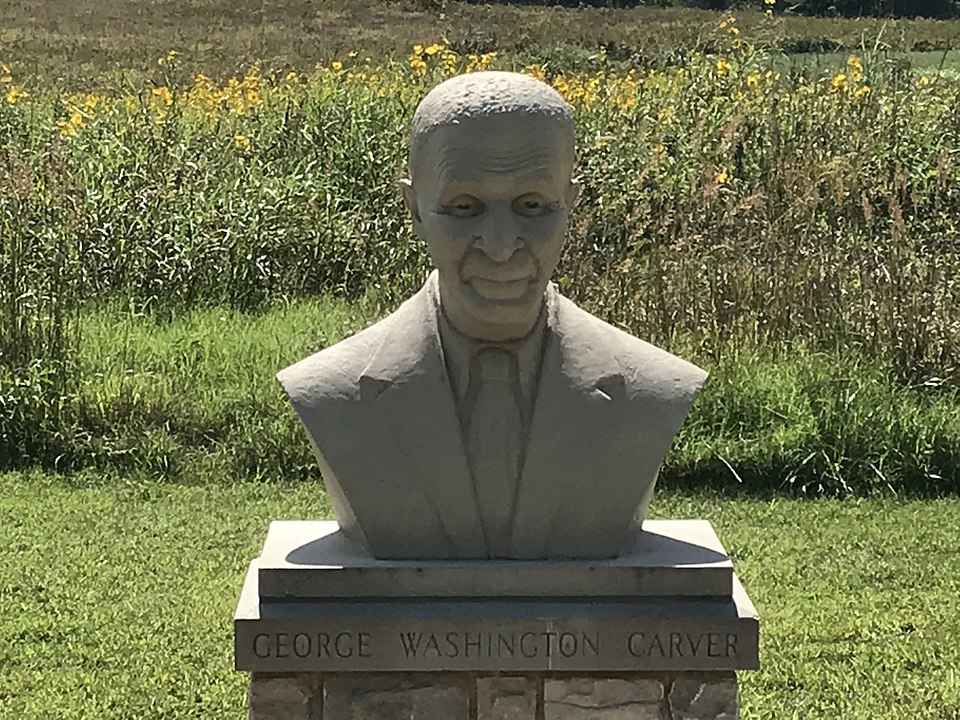
George Washington Carver, an American agricultural scientist, promoted the use of plant-based materials, including peanuts and sweet potatoes, to produce biofuels. His research in the early 20th century laid the groundwork for the modern biofuel industry, which converts organic materials into ethanol, biodiesel, and other renewable fuels. Carver’s work highlighted the potential of agriculture to contribute to sustainable energy solutions.
William Kamkwamba – Wind Turbines in Malawi
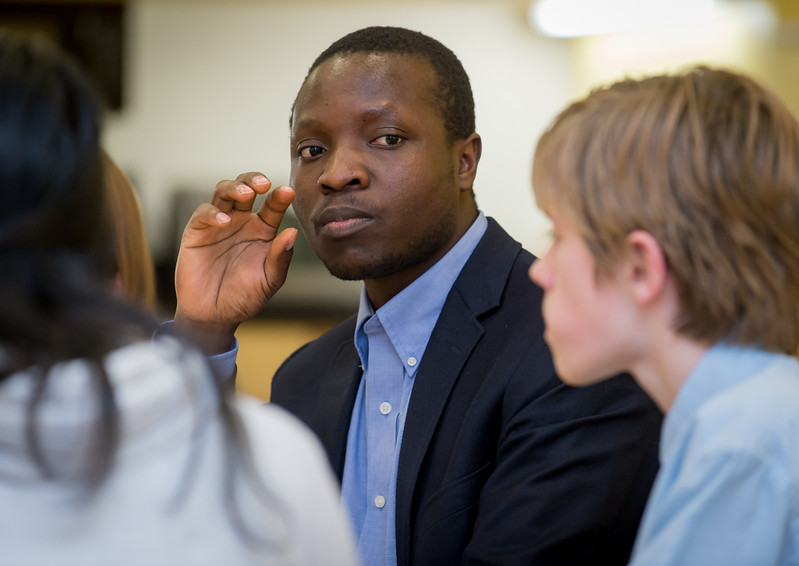
William Kamkwamba, a Malawian innovator, built a wind turbine from scrap materials at the age of 14 to power his family’s home. His ingenuity brought electricity and water to his village, showcasing the power of low-cost, DIY renewable energy solutions. Kamkwamba’s work is a testament to the impact of grassroots innovation in renewable energy, particularly in developing countries.
Hermann Scheer – Renewable Energy Policy
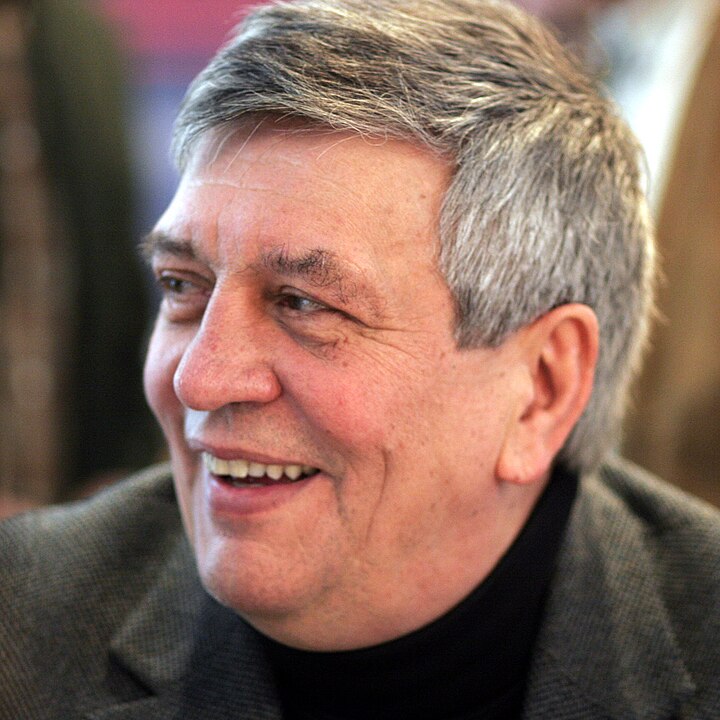
Hermann Scheer, a German politician, was a driving force behind the Renewable Energy Sources Act in Germany, which created a global model for feed-in tariffs. Scheer’s policies led to a rapid expansion of renewable energy in Germany, particularly in wind and solar power. His work illustrates the importance of supportive government policies in accelerating the adoption of renewable energy technologies.
Amory Lovins – Energy Efficiency
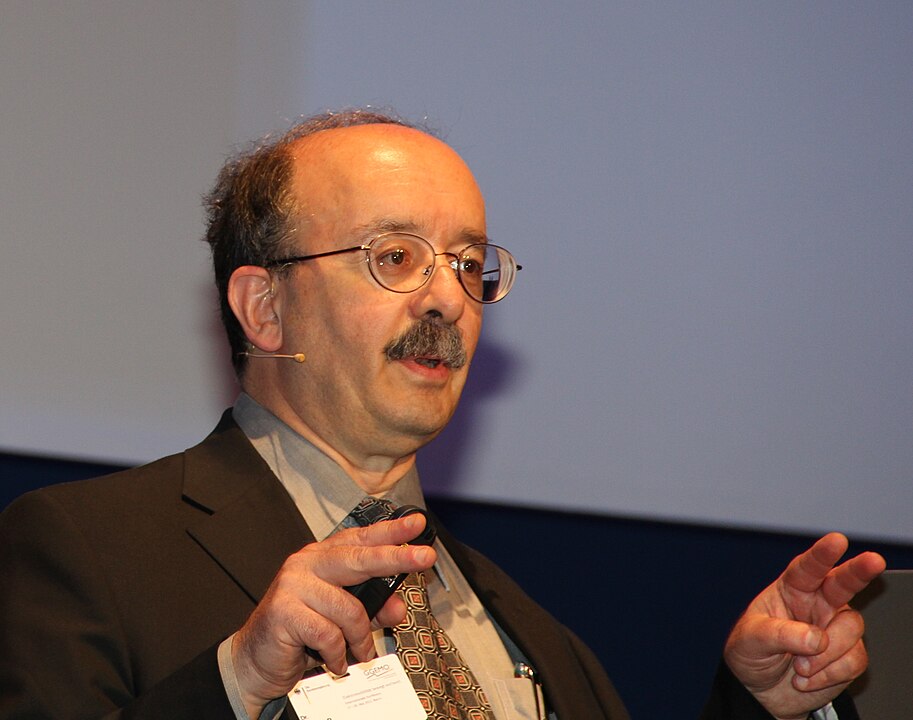
Amory Lovins, an American physicist and environmental scientist, has been a leading advocate for energy efficiency and renewable energy since the 1970s. Lovins co-founded the Rocky Mountain Institute, where he promotes the concept of “negawatts”—energy saved through efficiency measures. His work emphasizes the critical role of energy efficiency in reducing demand and enhancing the effectiveness of renewable energy.
Henri Becquerel – Photovoltaic Effect
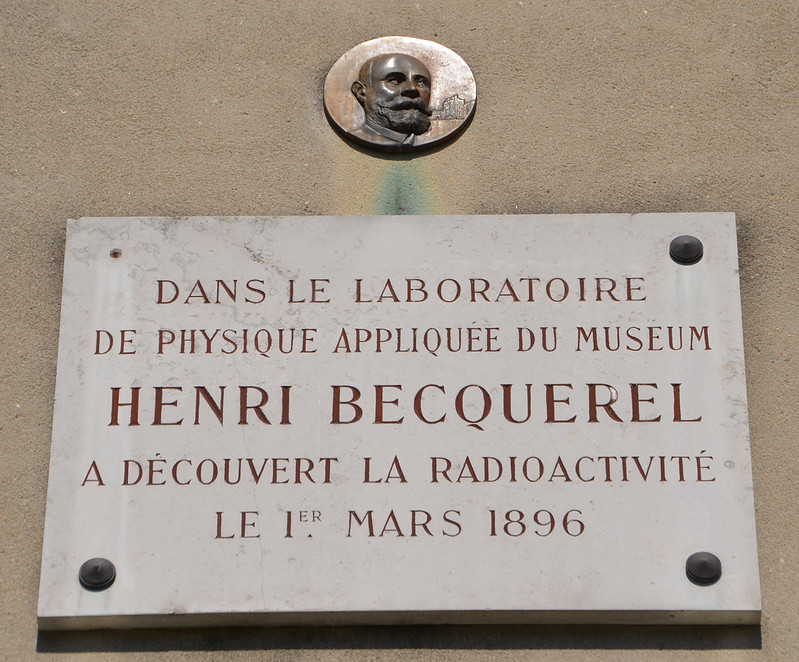
Henri Becquerel, a French physicist, discovered the photovoltaic effect in 1839, which is the principle behind solar cells. Although his discovery did not lead to immediate applications, it laid the scientific foundation for the development of photovoltaic technology. Becquerel’s work is fundamental to understanding how sunlight can be converted into electricity.
John Goodenough – Lithium-Ion Battery
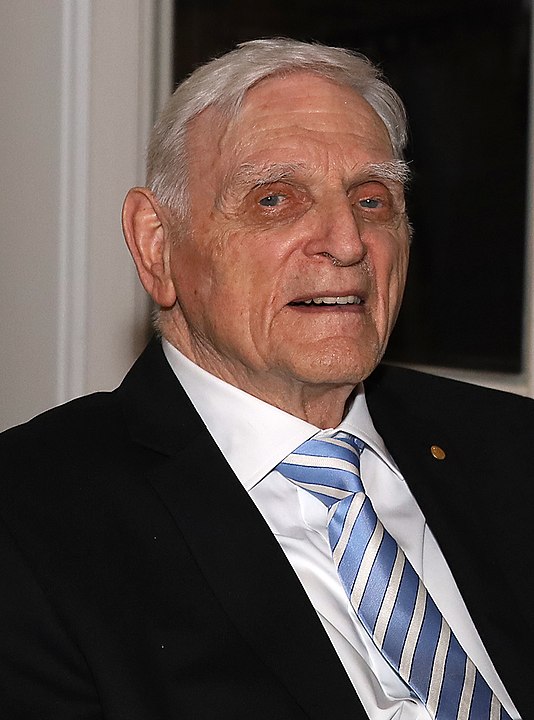
John Goodenough, an American chemist, was awarded the Nobel Prize in Chemistry for his development of the lithium-ion battery. This rechargeable battery is crucial for renewable energy storage, allowing solar and wind energy to be stored and used when needed. Goodenough’s innovation has enabled the widespread adoption of electric vehicles and renewable energy systems, making him a pioneer in energy storage.
Hyman Rickover – Nuclear Power
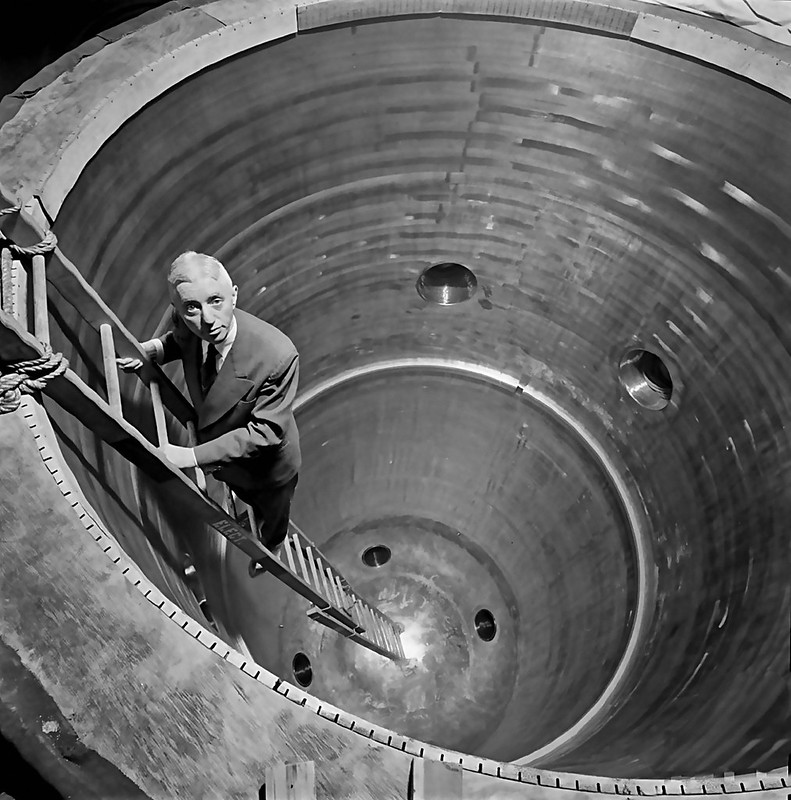
Admiral Hyman Rickover, known as the father of the nuclear navy, played a key role in developing nuclear power as a reliable energy source. While nuclear energy is not renewable, it is a low-carbon energy source, and Rickover’s work in advancing nuclear technology has influenced the development of cleaner energy options. His contributions are important in the broader context of reducing greenhouse gas emissions.
Akira Yoshino – Rechargeable Batteries
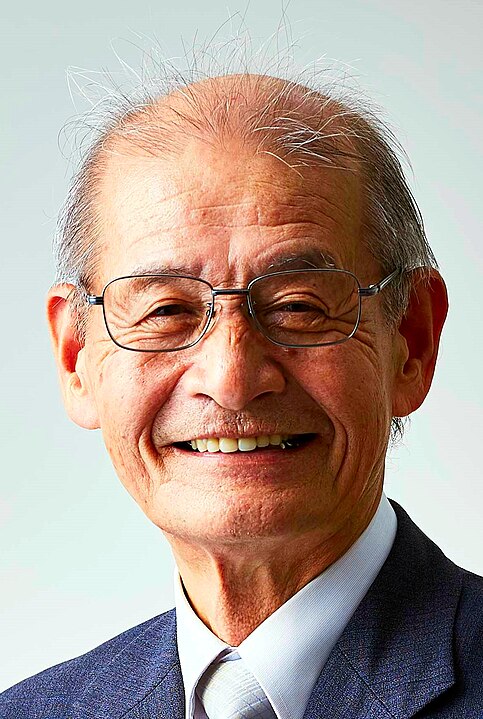
Akira Yoshino, a Japanese chemist, also contributed to the development of the lithium-ion battery. His work focused on creating safer and more efficient batteries, which are now used in everything from smartphones to electric vehicles. Yoshino’s innovations have been crucial in advancing renewable energy storage, making renewable energy more practical and widespread.
Georges Leclanché – Battery Technology
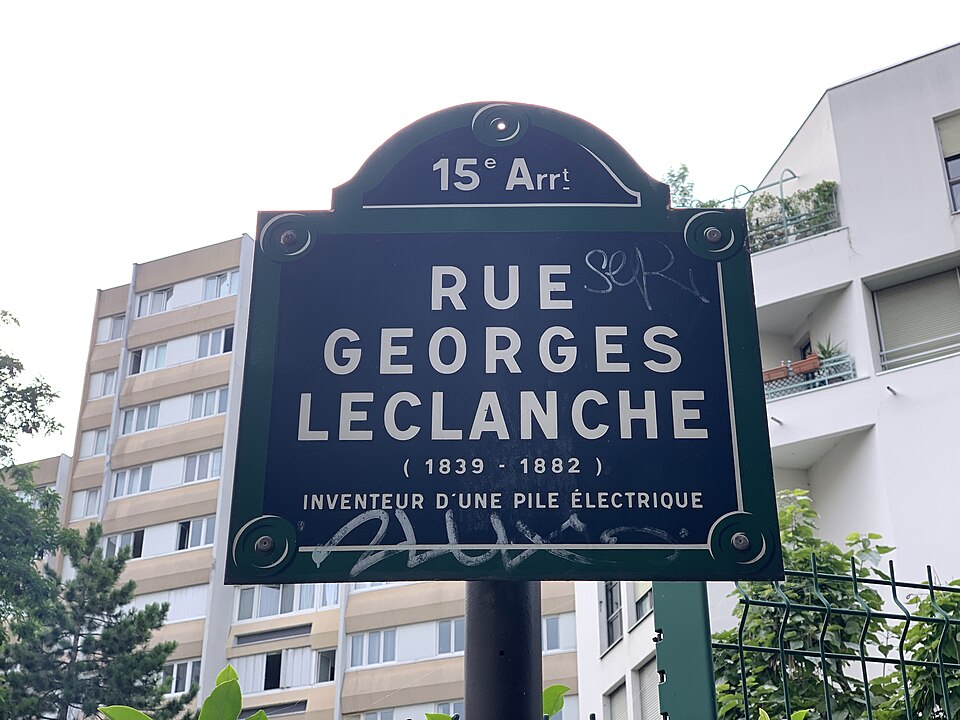
Georges Leclanché, a French engineer, invented the Leclanché cell in 1866, an early form of the dry cell battery. While not directly linked to renewable energy, his work in battery technology is foundational, enabling the development of modern batteries that store renewable energy. Leclanché’s cell was one of the first widely used batteries, setting the stage for future advancements in energy storage.
Lester R. Brown – Sustainable Development
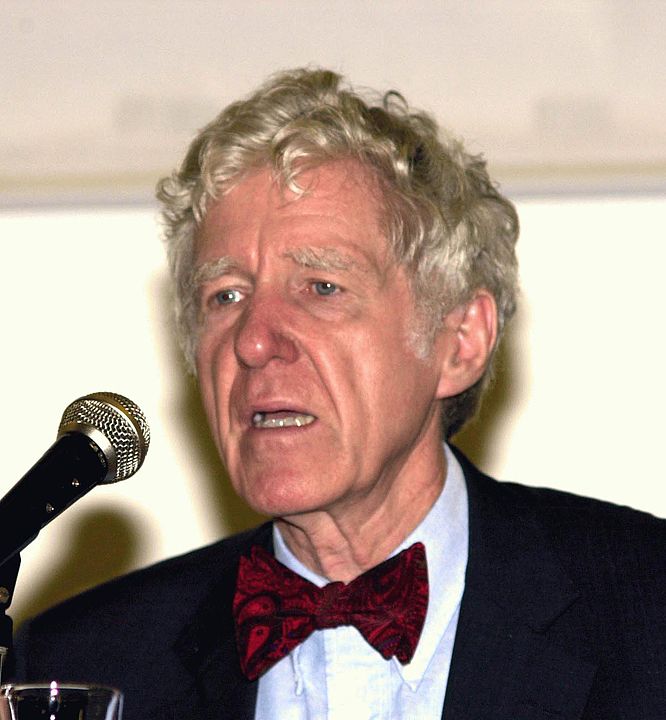
Lester R. Brown, an American environmental analyst, is a pioneer in sustainable development and renewable energy advocacy. He founded the Worldwatch Institute and the Earth Policy Institute, where he promoted the transition to renewable energy and highlighted the environmental and economic benefits. Brown’s work has inspired global movements toward sustainability and renewable energy adoption.
Elon Musk – Solar Energy and Electric Vehicles
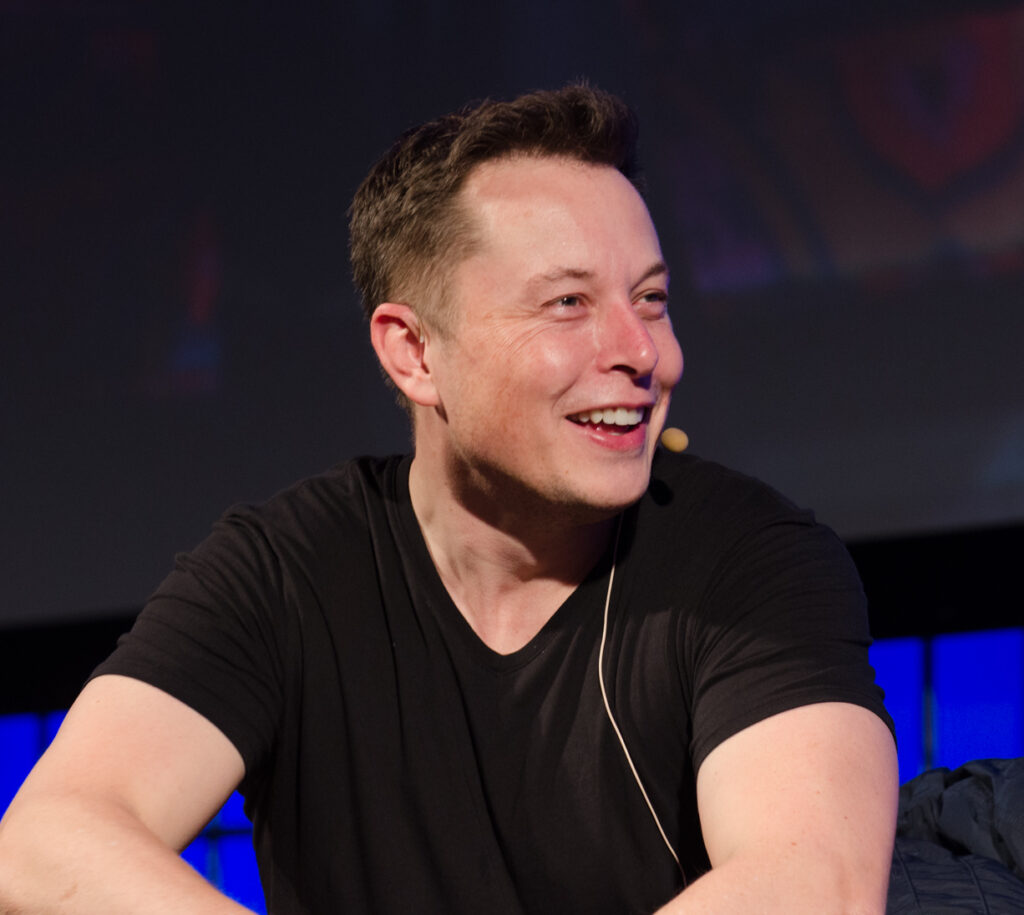
Elon Musk, the CEO of Tesla and SpaceX, has revolutionized the renewable energy and electric vehicle industries. Through Tesla, Musk has popularized solar energy systems and electric cars, making them more accessible and desirable to consumers. His innovations include the Tesla Powerwall, a home battery system that stores solar energy, and the Tesla Model S, a leading electric vehicle with extended range and high performance. Musk’s work has significantly accelerated the shift toward renewable energy and sustainable transportation.
Michael Grätzel – Dye-Sensitized Solar Cells
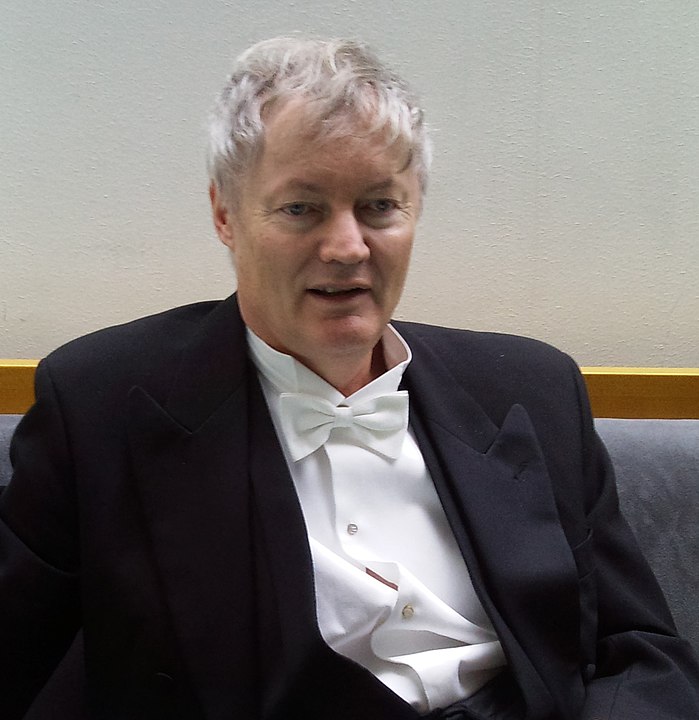
Michael Grätzel, a Swiss chemist, invented dye-sensitized solar cells (DSSCs), which are a type of thin-film solar cell. These cells use organic dyes to capture light and generate electricity, offering a low-cost alternative to traditional silicon-based solar cells. Grätzel’s DSSCs are known for their flexibility, transparency, and ability to work in low-light conditions, making them ideal for a variety of applications, including building-integrated photovoltaics.
Arthur E. Lind – Geothermal Energy
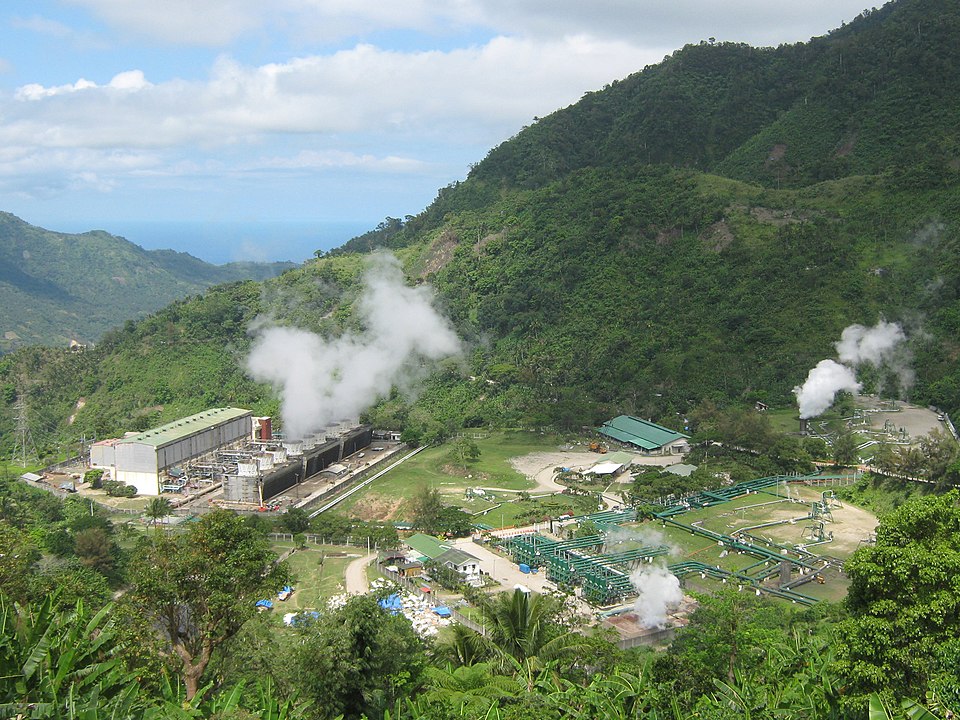
Arthur E. Lind, an American engineer, was a pioneer in geothermal energy, helping to develop the first geothermal power plant in the United States in the 1960s. Lind’s work demonstrated the feasibility of tapping into the Earth’s internal heat as a reliable and renewable energy source. Geothermal energy is now a significant contributor to the global energy mix, particularly in countries with abundant geothermal resources.
Donald Sadoway – Liquid Metal Battery
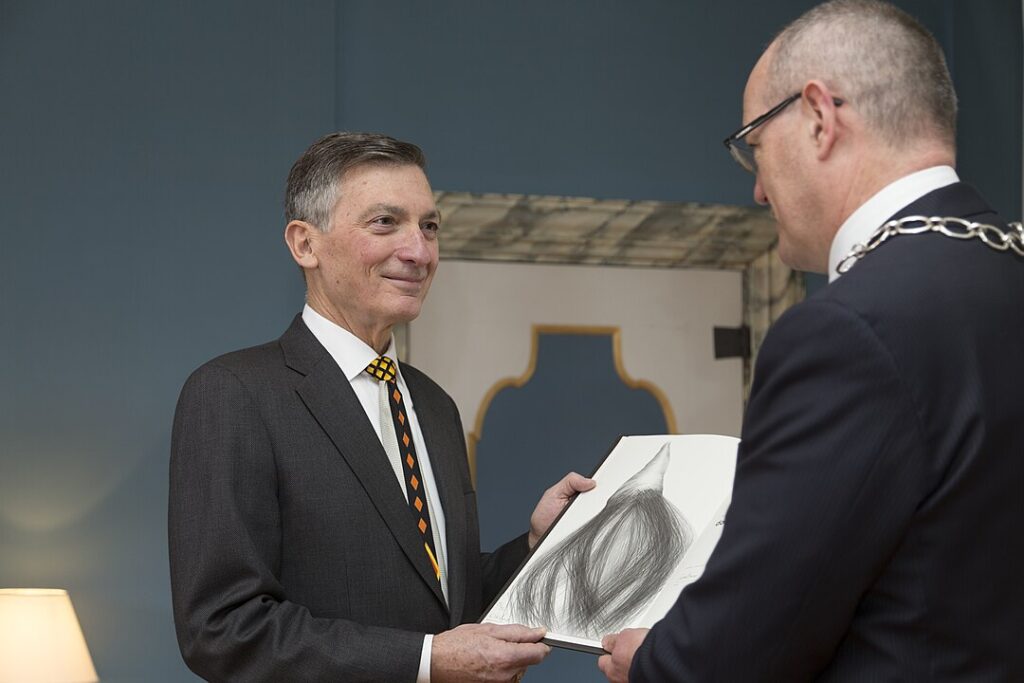
Donald Sadoway, a professor at MIT, developed the liquid metal battery, a technology designed to store renewable energy at a large scale. Sadoway’s battery uses liquid metals to store energy efficiently and cost-effectively, addressing one of the biggest challenges in renewable energy—intermittency. This innovation holds the potential to transform how renewable energy is stored and distributed, making it more reliable and widespread.
Thomas Edison – Battery and Renewable Energy Vision
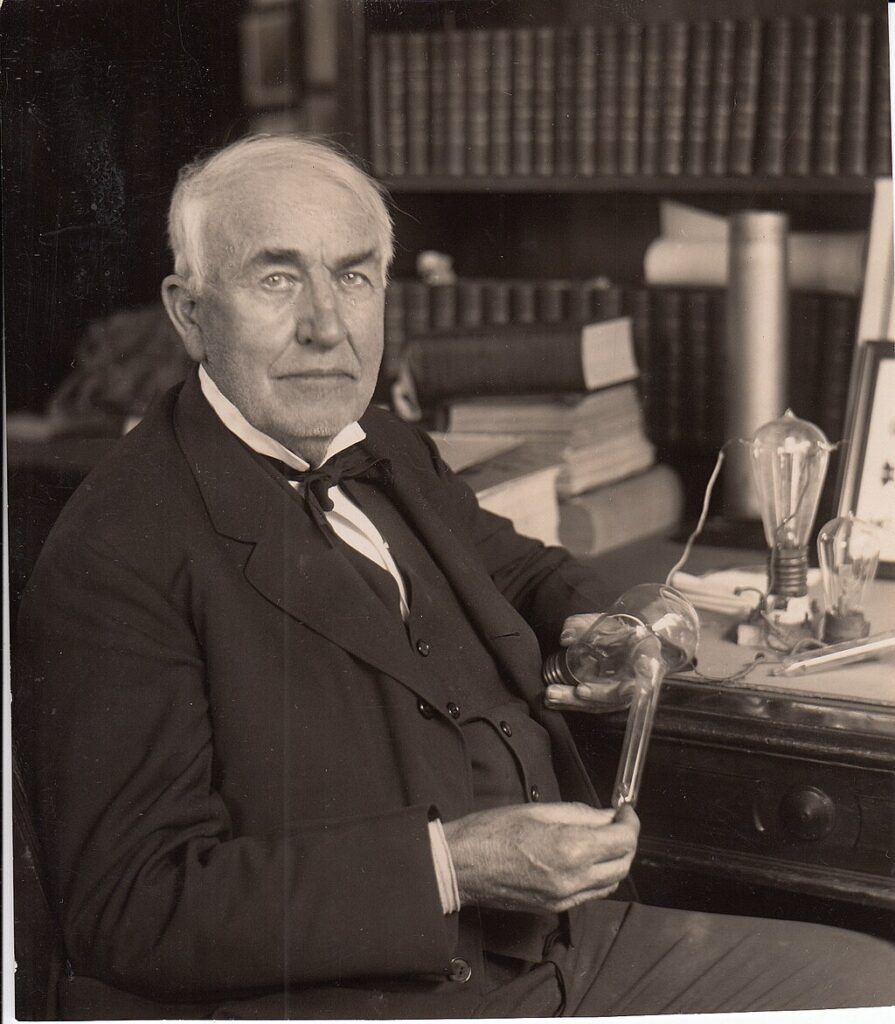
Thomas Edison, famous for his work in electricity, was also an early advocate of renewable energy. He envisioned a future powered by renewable sources like solar and wind. Edison’s development of the nickel-iron battery, although not as successful as others, demonstrated his forward-thinking approach to energy storage and renewables. His vision continues to inspire innovations in renewable energy.
Al Gore – Climate Advocacy

Al Gore, the former Vice President of the United States, has been one of the most prominent advocates for addressing climate change through renewable energy. His documentary “An Inconvenient Truth” brought widespread attention to the dangers of global warming and the need for renewable energy. Gore’s work has helped shape public policy and perception, leading to greater investment in renewable energy technologies.
This article originally appeared on UnifyCosmos.
More from UnifyCosmos
20 Common Cultural Blunders to Avoid Overseas

In this article, we’ll explore some common cultural faux pas to steer clear of, ensuring your travels are smooth and enjoyable. Read more!
21 Simple DIY Projects to Upgrade Your Home

From refreshing your walls with a new coat of paint to creating custom storage solutions, these projects are easy to tackle and budget-friendly. Whether you’re a seasoned DIY enthusiast or just getting started, these ideas will inspire you to make impactful changes in your home. Read more!
23 Surprising Health Benefits of Common Herbs and Spices

From boosting immunity to improving digestion, incorporating herbs and spices into our diets can lead to a healthier lifestyle. Let’s explore some of the remarkable benefits these kitchen staples can provide. Read more!
Leave a Reply